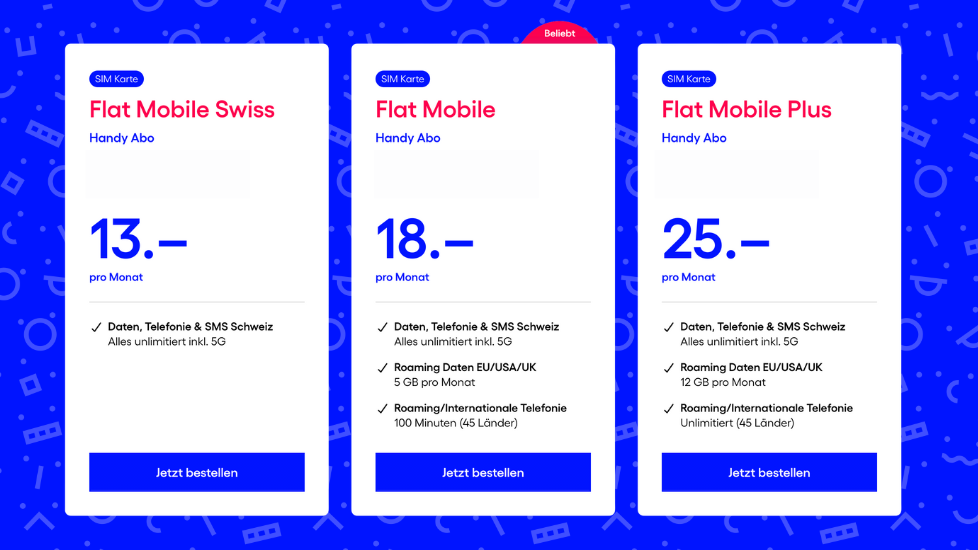Mobile internet for everyone and everything
IoT Is Making the World More Sustainable
Digital Republic as Guest at IoT Visions 2023
It was clear to us that IoT Visions would be a special conference when a four-legged/four-wheeled robot drove past us through the entrance hall early in the morning, deftly and quickly navigating into the exhibition area. Throughout the rest of the day, one new IoT technology followed another and a tail of sustainability hung over everything. Reason enough to introduce you to some of these “Visions.” Many of them are already being implemented.
Do Away With Batteries – ‘Energy Harvesting’ Is the New Magic Word
At first, it may sound paradoxical that an “Internet of Things” could make the world more sustainable. Many of us already own several devices in our private lives and sooner or later have to deal with their correct disposal. How can millions of industrial IoT devices be more sustainable?
The experts at the conference agreed that it is the batteries that make IoT devices unsustainable. Consequently, many manufacturers are aiming for solutions that do not require a battery and instead draw their energy directly from their environment.

Via so-called energy harvesting, devices can use sun and wind, for example, but also simply temperature differences or vibrations to generate the necessary energy for their operation. Dracula Technologies, a young company from France, has taken photovoltaics to a whole new level.
The company has patented carbon-based solar cells that can be designed completely freely in terms of their form factor and can also be attached as stickers, for example. At the same time, the cells also function in dark lighting conditions, such as indoors or in cloudy weather with a light intensity of less than 200 lux!
Technologies such as these should ensure that IoT devices can be operated independently of batteries in the medium to long term, which will significantly reduce resource consumption and also disposal costs.
Seamless Connectivity Makes Industry More Efficient
It is not just the devices themselves that are becoming more sustainable, but entire industries. Thanks to expanded sensor technology and area-wide connectivity, water valves, for example, can be monitored and leaks in the supply line detected earlier.

HAWLE Armaturen specializes in the production and implementation of such IoT solutions. In addition to the early detection of leaks, expanded sensor technology can also be used to monitor hydrants or control network utilization in a more targeted manner in the event of increased consumption.
The effect of these sensors is great, as HAWLE vividly calculates at the conference: Even a leak or leaking faucet with one drop per minute leads to a water loss of 3120 liters per year.
The sensors are connected via current IoT connection networks and the mobile network. A valuable advance in protecting what is arguably the most precious resource of us all.
Digital Republic Is IoT Ready
Different connectivity requirements are also the rule for IoT solutions. With different transmission standards and equally different interfaces, it is not always easy to find the right solution.
Digital Republic shines wherever flexibility, expanded device management and the bandwidth of LTE or 5G are needed. Thanks to our flexible tariff model, even individual prototypes (for example, the aforementioned robot from the intro) can be connected to the Internet quickly and easily, even if only a low transmission rate is required.
In the Digital Republic customer portal, all connected devices can be clearly managed, new SIM cards can be ordered, or current SIM cards can be paused or deactivated. Without a minimum contract term or notice period and, if desired, also as an eSIM.
We will go into more detail on other interesting IoT Visions cases in later articles. Stay tuned!
Discover Our Other News Articles

The Development of Our Ideal Cell Phone Plans for Switzerland
The path to the current Trio Flat Mobile Swiss, Flat Mobile, and Flat Mobile Plus cell phone plans is also an example of how Digital Republic wants to function as a provider and where its priorities lie. We have quickly transformed ourselves from a pure data SIM provider to a cell phone plan provider. And we have completely rethought the development process.

The Affordable Mobile Provider With Award-Winning Service
When it comes to mobile providers in Switzerland, the wheat is often separated from the chaff when it comes to price. Either you pay little for your subscription and do without services like support or 5G, or you go to one of the big providers and pay more than you might like. At Digital Republic, you get both!

Why 5G Is Not Always Equally Fast
Sometimes fast, sometimes slow, sometimes suddenly 4G again. The network indicator on your smartphone suggests that it is connected to the internet via either 4G or 5G. In fact, a complex mechanism and a lot of communication between your smartphone and the network is taking place in the background to ensure that you always have the best possible connection.
